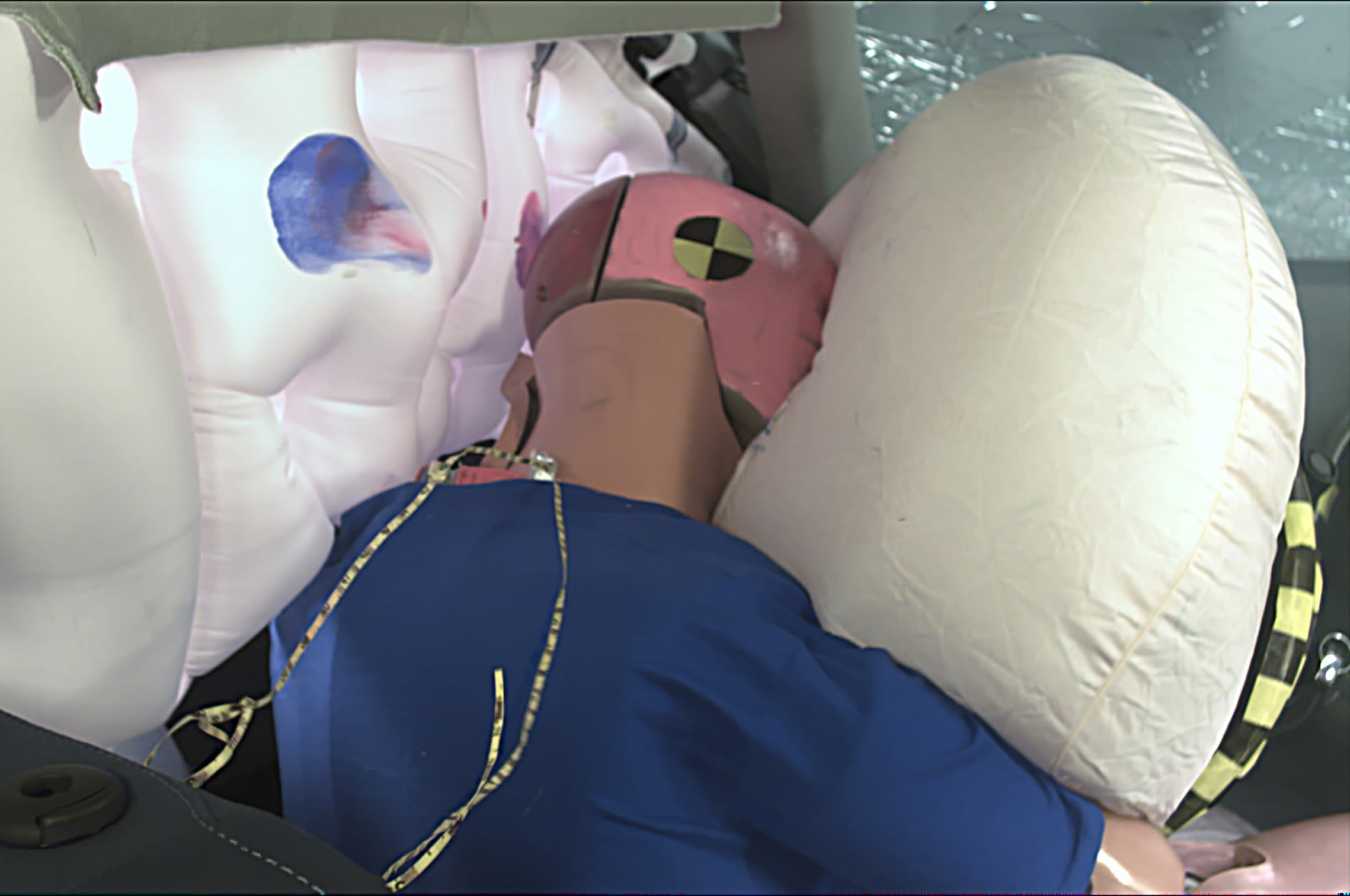85 Million More Takata Airbags May Need to be Recalled, NHTSA Says
Takata has until 2019 to prove its remaining ammonium nitrate inflators are safe
In the U.S., Takata has recalled 28.8 million airbag inflators that can explode with too much force and send metal shrapnel throughout a car's cabin. But U.S. regulators say an additional 85 million Takata inflators may still need to be recalled unless the supplier can prove they are safe.
0:00 / 0:00
The National Highway Traffic Safety Administration estimates there are millions of potentially defective Takata airbags still on the road today, including 43.4 million passenger side inflators, 26.9 million side airbag inflators, and 14.5 million driver side inflators. A U.S. House panel is expected to discuss the Takata recall in a hearing today.
It may be quite a while until we hear from Takata on this matter. In an agreement penned last year, Takata has until 2019 to prove its unrecalled airbag inflators are safe.
More than 100 people have been injured in the U.S. in incidents linked to Takata airbags. The airbags have been blamed for 11 deaths worldwide, the most recent being the death of a teenage driver in Texas last month. While most of the deaths have occurred in Honda vehicles, one was reported in a Ford Ranger.
Analysts cited byAutomotive Newsestimate Takata could have to pay more than $3.5 billion for the faulty inflators recalled so far if the supplier is found to bear full responsibility for the issue. However, we've heard recall-related costs could come out to as much as $24 billion. Meanwhile, rumor has it that Takata is considering a major restructuring plan that would involve revamping its management structure and selling its subsidiaries.
Pictured above are airbags from the2015 Chevrolet Sonic— they arenotsubject to the Takata recall.
Source: Automotive News (Subscription Required)
When I tell people I write about cars, the most common reply I receive is “Really?” I guess I never strike people as a car type as I drive down the freeway in the right lane going 60 mph in my old SUV. My gripes about driving in city traffic and fast drivers don’t help my case, either. For a time, the only cars I liked were old cars. Not old as in "classic" or "vintage," but as in well-worn. My first appreciation of cars came when I drove a very old Ford pickup. It wasn't perfect: I used a booster seat to reach the gas pedal, and the turn signal once fell off in my hand as I was learning to drive. But the thing I valued most was the memories. It took several years for me to truly become a "car person." Being a long-time writer and an avid reader has helped me develop a healthy curiosity and a desire to know how things work. This has made cars one of the most fascinating points of study for me because they are such intricate machines. I am interested in how cars can reach 200 mph, how they can run on hydrogen, and how they can drive and park on their own. I also enjoy learning how cars can solve problems whether it be in the form of reducing pollution, minimizing traffic, or helping people stay connected on the road. Yes, maybe I’m not a gearhead. Perhaps I’m a car nerd. Either way, I very much enjoy writing about cars and helping people stay in tune with the automotive industry. I wouldn't want to be writing about anything else. And don’t get me wrong: I know how to drool over a hot car. I am fascinated by the Tesla Model S, awed by the Lamborghini Veneno, and am hopelessly obsessed with the Audi R8.
Read More
